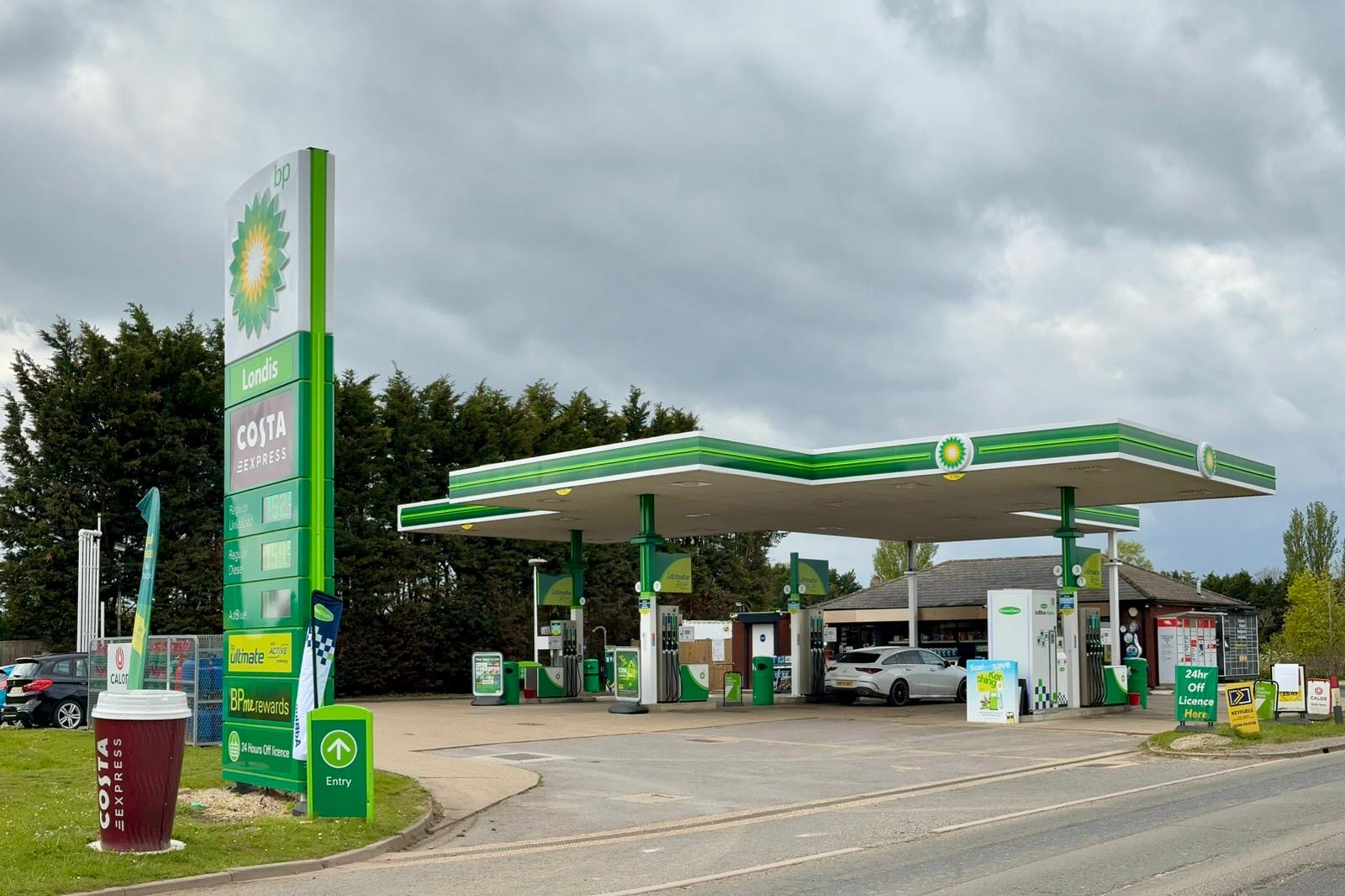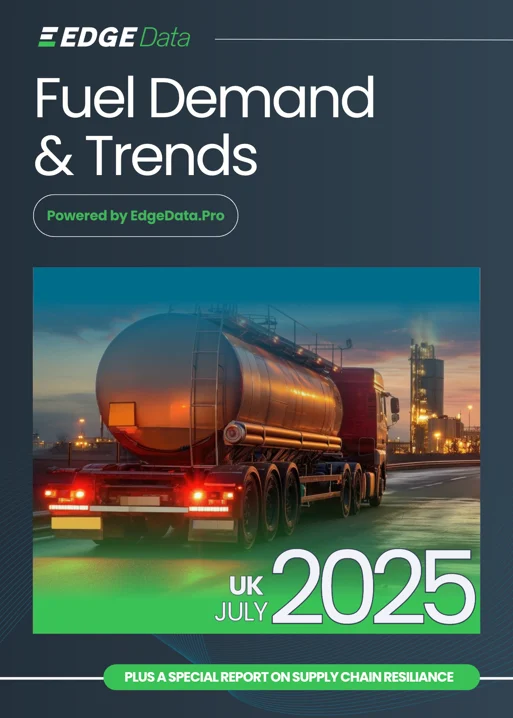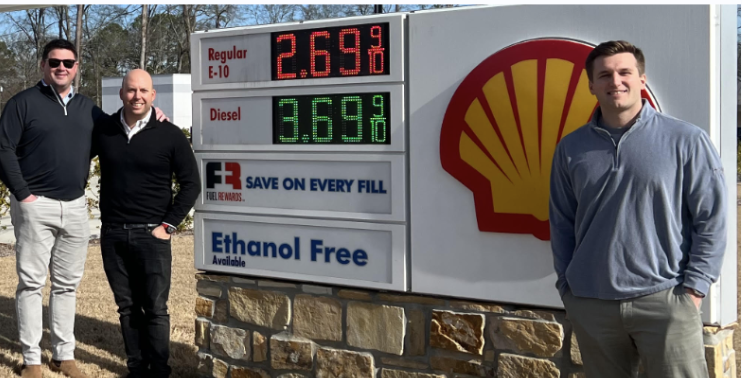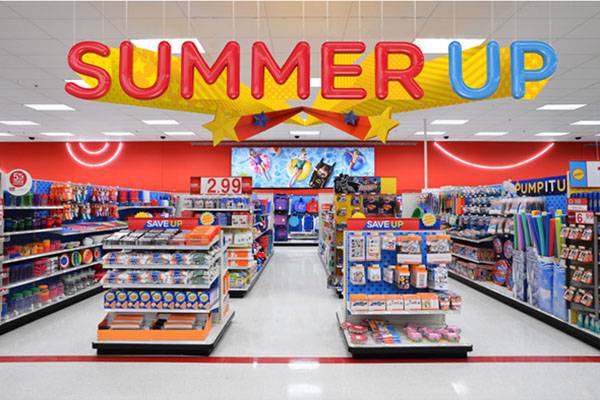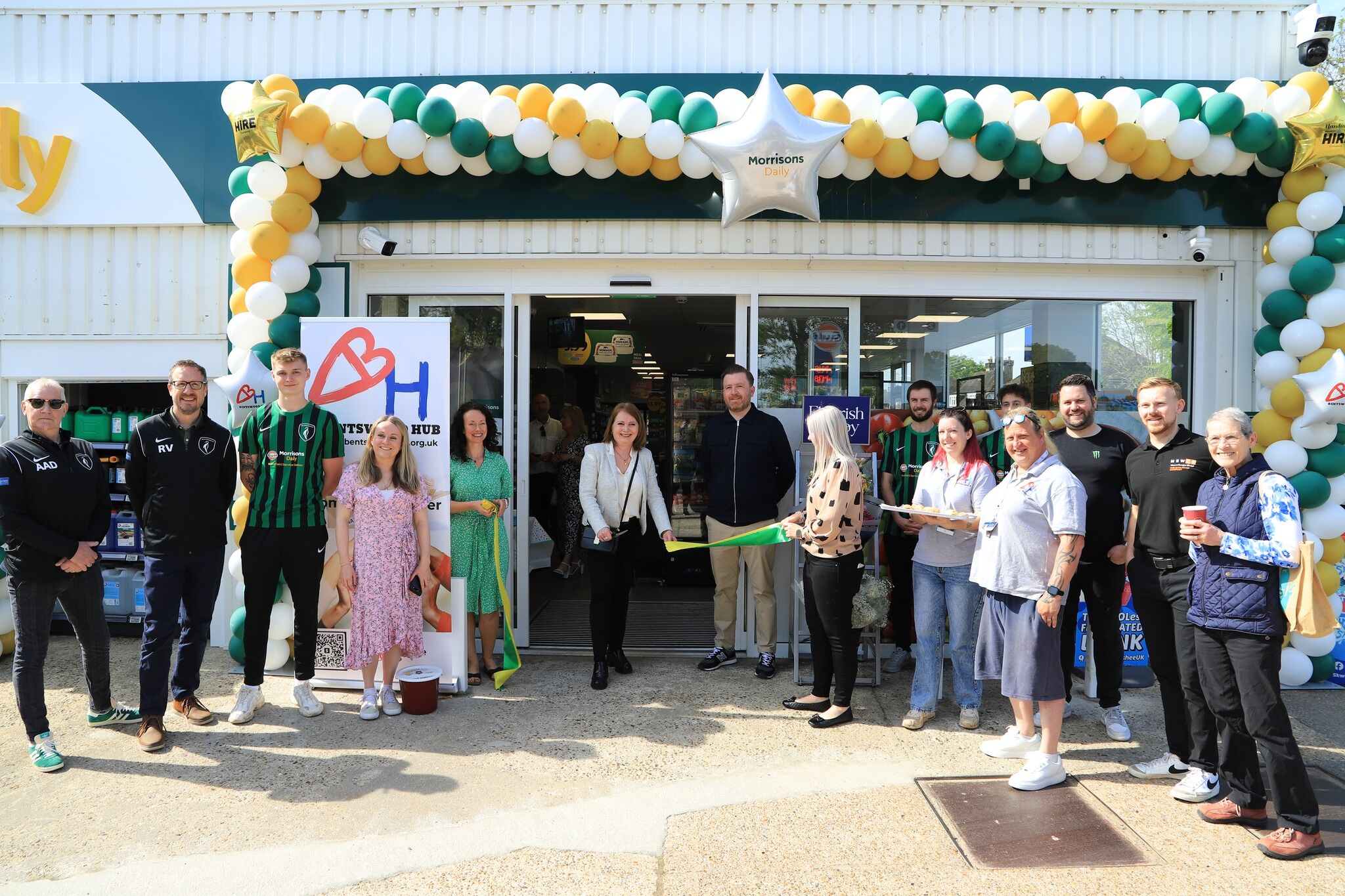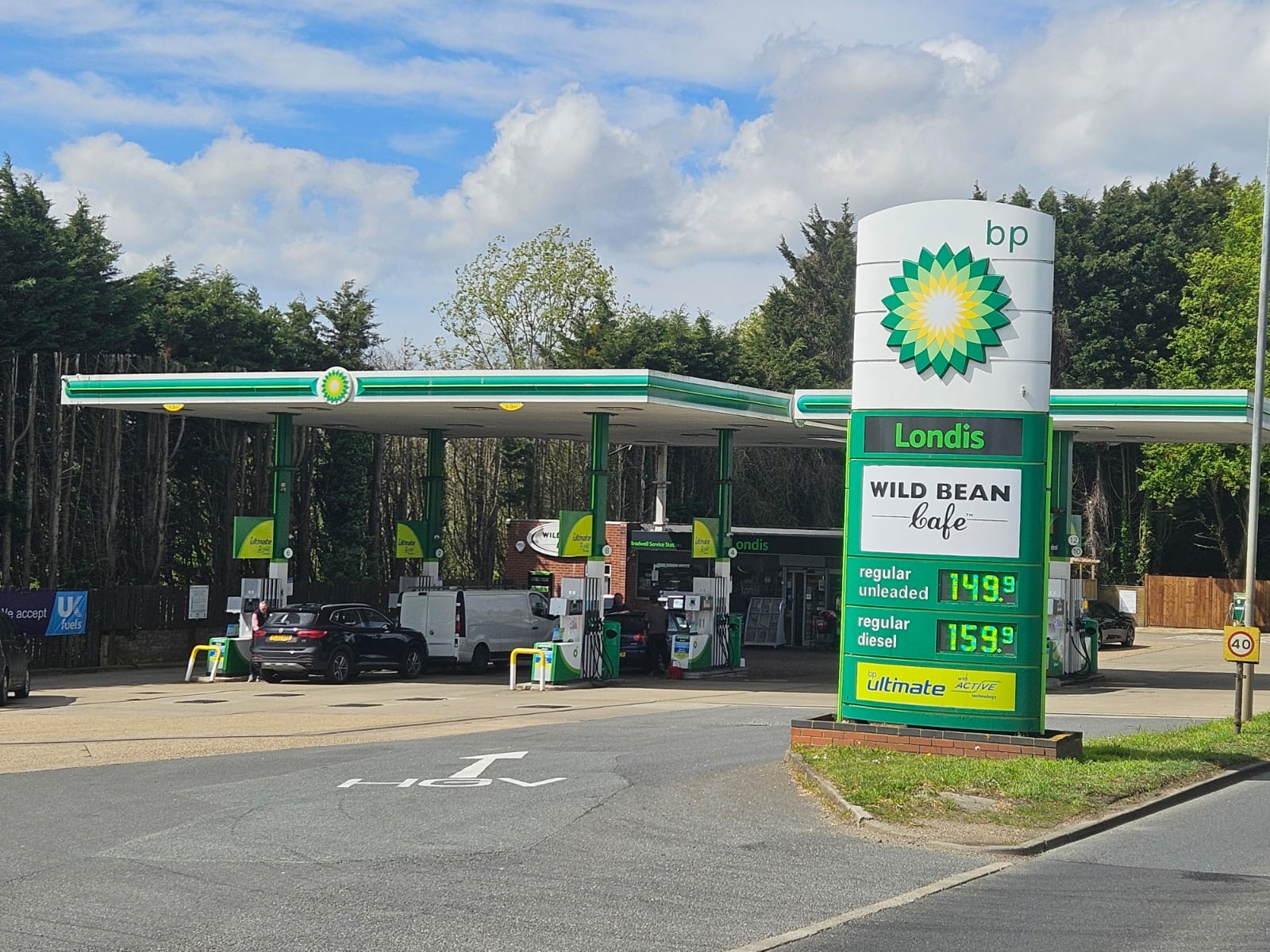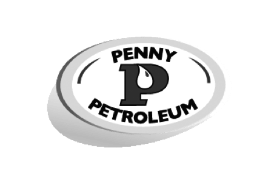If you are a driver you will have noticed that the price of fuel is always moving and this can have a big impact on household spending.
At times it can feel frustrating to consumers that unlike many of their gas and electric contracts (the other two commodity-based products consumers need), fuel prices vary by grade, day, location and brand.
So what is this all about?
The UK has one of the highest fuel duties in the world at 59ppl, plus 20% in VAT on the retail price. It is worth remembering that over half of every litre is some form of tax. The duty alone results in a whopping £39bn of tax revenue; to put this into perspective duty from cigarettes results in just £9.5bn.
Oil also needs to be produced, transported, and refined. This means that multiple companies are involved in this and each one has to take a share. So whilst the oil price currently sits at approximately $65 a barrel (about 50p a litre), the cost of moving and refining the product has to be taken into consideration.
Then we reach wholesale and distribution. Once refined, fuel is sold to retailers in the form of fuel supply contracts. Most of the time, these contracts will be benchmarked against Platts prices in the following format:
Platts + duty + premium + freight = cost price
Supermarkets are typically operating on 2 or 3 weekly lags. In other words, their cost is the average Platts price from two or three weeks ago. This means that whilst the wholesale price of fuel drops the supermarkets only see this drop reflected in their costs a few weeks later. When we see articles about wholesale prices dropping but not being passed on to consumers, this is why.
Our experience with supermarkets is that there is a real conscientious effort to pass cost savings on to consumers when they can. Of course, running a fuel business is very costly (insurance, freight, staff costs, real estate, regulations, tax, business rates), but their economies of scale and their buying power means they are often priced at the low end of the market and making less per litre.
As for your branded sites (BP, Shell, Esso, Harvest, Gulf, Valero and so on), more often or not they are independent businesses who are having fuel supplied by these brands and are not actually owned by the oil company. This means they are on similar contractual terms as the supermarkets, but have less economies of scale and buying power. Lower volumes mean that staff costs per litre sold are higher. Margins are thin because of these additional costs, but also because most independents have supermarkets nearby with cheaper pricing. In order to keep business afloat, many independents have to price above the supermarkets by a couple of pennies.
Freight is a big factor too. If you are near a terminal or refinery, your costs are likely to be a lot lower – but then that depends on which brand is supplying and whether they have an asset or a supplier nearby. We hear about two petrol stations from the same brand nearby with totally different prices – chances are they are being supplied by different terminals and have totally different cost metrics.
To conclude, it is not as simple as following wholesale prices and expecting fuel to drop or rise. There is a lot of media noise about profiteering, but taking the above into consideration we can see that this is not the case.


